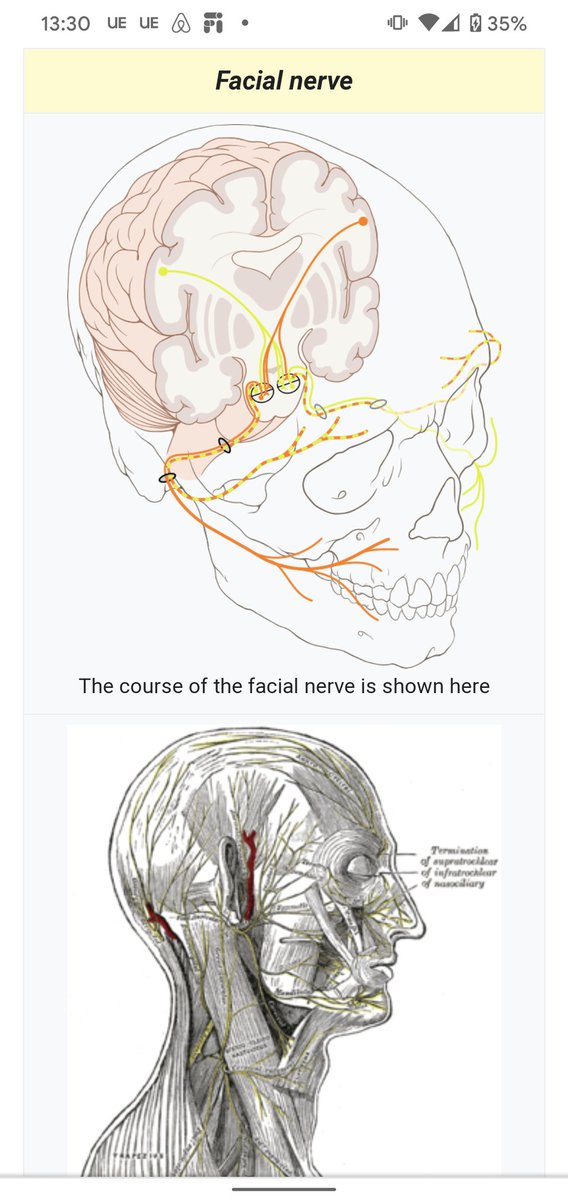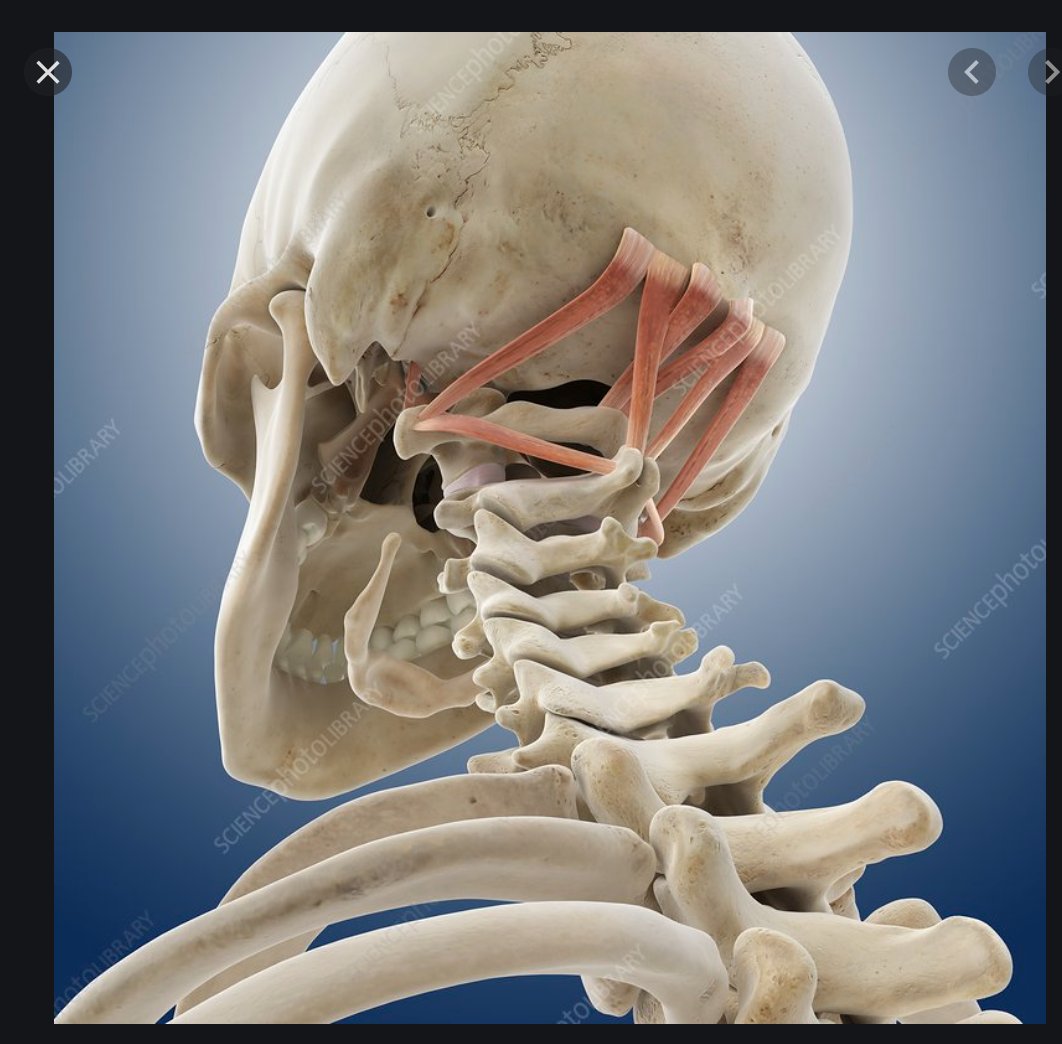
Stewart Alsop III - Host of Crazy Wisdom Podcast
14 Oct,
9 tweets, 4 min read
Going to start an anatomy #stablethread.
First this amazing graphic of the cranial nerve. Cranial nerves are interesting because they exit directly from the skull rather than through the spinal cord. One of the most interesting ones is the vagal nerve
First this amazing graphic of the cranial nerve. Cranial nerves are interesting because they exit directly from the skull rather than through the spinal cord. One of the most interesting ones is the vagal nerve
https://twitter.com/chercher_ai/status/1316397967084007426?s=19
Its interesting because its a cranial nerve but instead of staying around the head in descends all the way down to the internal organs and innervates them giving them juicy relaxing neurotransmitters which make us feel all fuzzy inside. 

I was prompted by this tweet to dig into which cranial nerve is related to Bells Palsy and its the facial nerve. Ive had issues with this nerve as well because of a operation gone wrong on my Tendomanibular joint 
https://twitter.com/podcastnotes/status/1316411093124866048?s=19

Just had some really important embodied understandings of the front part of the throat and all the muscles there. The tongue and the muscles of the front part of the throat are intimately connected. The center piece is the hyoid bone seen here which floats
https://twitter.com/chercher_ai/status/1316433767024807937?s=19
The layers of spinal muscles are so interesting and influential. I've been digging deep into the suboccipital muscles. The top two vertebrae in the spine (Atlas and Axis) are where the skull meets the spine. Move your head around, feel how much mobility there is. 

This mobility is intimately tied to these two vertebrae and how the suboccipitals manage some of the movements (along with ALOT of other tiny and large muscles). This mobility also comes at a cost of less stability.
Another interesting thing about the suboccipitals is there intimate connection with the eye muscles and how we move our head. The eyes are so important for sensory signals of what is dangerous and they define movement for the rest of the body in dangerous situations.
Now for divergent detour into cellular anatomy!
Its turtles all the way down.
Your cells have a skeleton as well! Its called a cytoskeleton. There are countless types of cells and they probably don't all look like this, but its fascinating to imagine.
Its turtles all the way down.
Your cells have a skeleton as well! Its called a cytoskeleton. There are countless types of cells and they probably don't all look like this, but its fascinating to imagine.

One of the most interesting things I've learned about cells recently is they don't exist in isolation, floating around in some sort of liquid, as we are taught in early school. There is something called an integrin that attaches one cell to another across cellular membranes 

• • •
Missing some Tweet in this thread? You can try to
force a refresh


